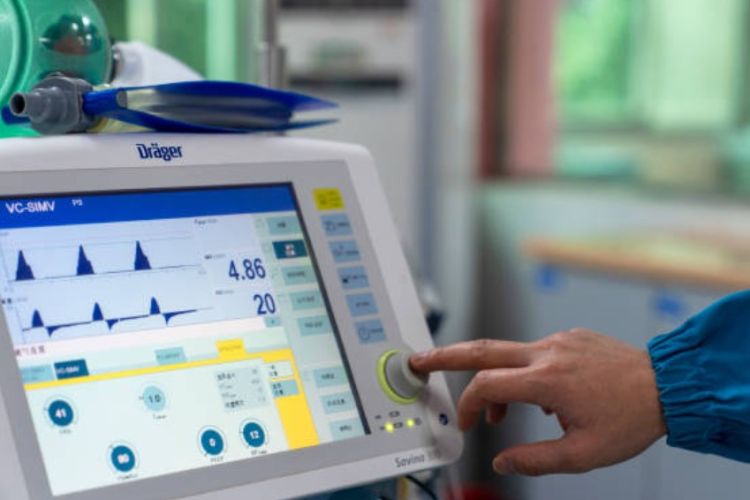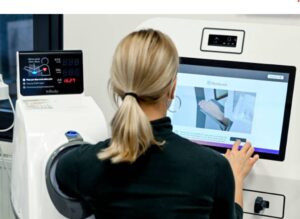
India’s medtech industry is undergoing a dramatic transformation, propelled by shifting global trade dynamics, rising income levels, breakthrough innovations, and a renewed push for localisation. Once seen merely as a sales destination for global medtech giants, India is now positioning itself as a serious contender to become a global hub for innovation, manufacturing, and healthcare research.
Driving this transformation is a confluence of factors: the cost competitiveness of Indian healthcare, a burgeoning middle class with growing health consciousness, the government’s production-linked incentive (PLI) scheme, and a policy push to develop a robust domestic medtech ecosystem. With rising domestic demand and a favourable business environment, India is attracting multinational players eager to tap into both its market and talent pool.
READ | India’s car market shifts gears: Aspirations rise, but affordability falters
Strategic advantage for medtech industry
India has become an increasingly attractive destination for global healthcare consumers, offering high-quality medical care at a fraction of the cost in developed countries. This cost arbitrage, along with a deep pool of skilled professionals and robust tertiary care infrastructure, has made India a magnet for medical tourism.
Multinational corporations such as Siemens Healthineers and Philips are taking note. Siemens is investing Rs 91.9 crore in local manufacturing of advanced diagnostic imaging systems such as CT and MRI machines at its Bengaluru facility. Additionally, the company is building an integrated campus with a projected investment of Rs 1,910 crore. Philips, too, is doubling down on its ‘Make in India’ initiative, having invested around Rs 750 crore over recent years.

This shift reflects more than just a cost play. India now offers global companies a strategic combination of reduced operational costs, a large STEM talent pool, and enabling policies such as the PLI scheme. Industry experts observe that India is evolving from a low-cost production base into a leader in Global Capability Centres (GCCs), where innovations in diagnostics, AI, cybersecurity, and clinical research are increasingly driven from Indian soil.
Role of the PLI scheme
The production-linked incentive scheme has become a cornerstone of India’s effort to transform into a global manufacturing hub. Medtech is one of the key sectors benefiting from this policy intervention, which incentivises domestic production while boosting competitiveness.
Siemens Healthineers’ commitment to local manufacturing was catalysed in part by the PLI scheme, which aims to reduce import dependency and foster end-to-end value creation within India. Alongside multinational players, Indian startups and mid-size firms are also being nudged into higher value-added segments of the medtech supply chain.
This policy-led transition is timely. The Indian medtech market, currently valued at $12 billion, is expected to quadruple to $50 billion by 2030. According to EY, India’s share in the global market could grow from the current 1.65% to as much as 10–12% over the next 25 years, signalling a tectonic shift in its global standing.
Transforming healthcare access
The rise of domestic medtech manufacturing has far-reaching implications for India’s healthcare system. The COVID-19 pandemic exposed stark vulnerabilities in the country’s health infrastructure, including overreliance on imported medical equipment. Enhancing local manufacturing capability could alleviate supply shocks and ensure faster, cheaper access to life-saving technologies.
This is particularly crucial for tier-2 and tier-3 towns, where improving access to diagnostic and therapeutic technologies can dramatically alter health outcomes. Expansion of health insurance under PM-JAY, the adoption of digital health platforms like the Ayushman Bharat Digital Mission (ABDM), and new pricing models are expanding reach and affordability.
Given India’s high burden of non-communicable diseases such as cancer and cardiovascular conditions, access to advanced medtech solutions is no longer a luxury—it is a necessity.
Tariff turbulence and opportunity
However, external risks loom large. The recent imposition of steep tariffs by the Trump administration is shaking the confidence of Indian medtech exporters. Hopes that the India-US Bilateral Trade Agreement (BTA) would unlock new opportunities have been dampened. In a recent meeting, Commerce Minister Piyush Goyal warned the industry against relying on government subsidies to cushion the impact, urging firms to absorb the hit.
Despite this headwind, there are reasons for optimism. The tariffs imposed by the US on Chinese medical equipment—some as high as 145%—have opened up a competitive window for Indian manufacturers, whose proposed tariff exposure remains far lower at around 26%. This geopolitical shake-up presents India with a strategic opportunity to capture market share in global supply chains rebalancing away from China.
Still, challenges remain. India continues to be heavily import-dependent, with $8.2 billion in medtech imports accounting for 80–85% of the market, according to EY’s report “India’s MedTech Transformation: Paving the Path to Global Leadership”. High-end modalities like MRI and CT continue to rely on imported components such as superconducting magnets and precision sensors. To achieve full value capture, India must develop a deeper and more resilient vendor ecosystem.
As global supply chains undergo a realignment and the world reconsiders its dependence on China, India’s medtech sector stands at a crossroads. The government’s push through initiatives like the PLI scheme has laid the foundation. What is needed now is a coordinated industry-government effort to scale up domestic capabilities across the value chain, from R&D to advanced manufacturing and export logistics.
If executed well, India could emerge not just as a manufacturing hub, but as a global centre for medical innovation—delivering affordable, high-quality healthcare technologies to the world while strengthening its own system from the ground up.
